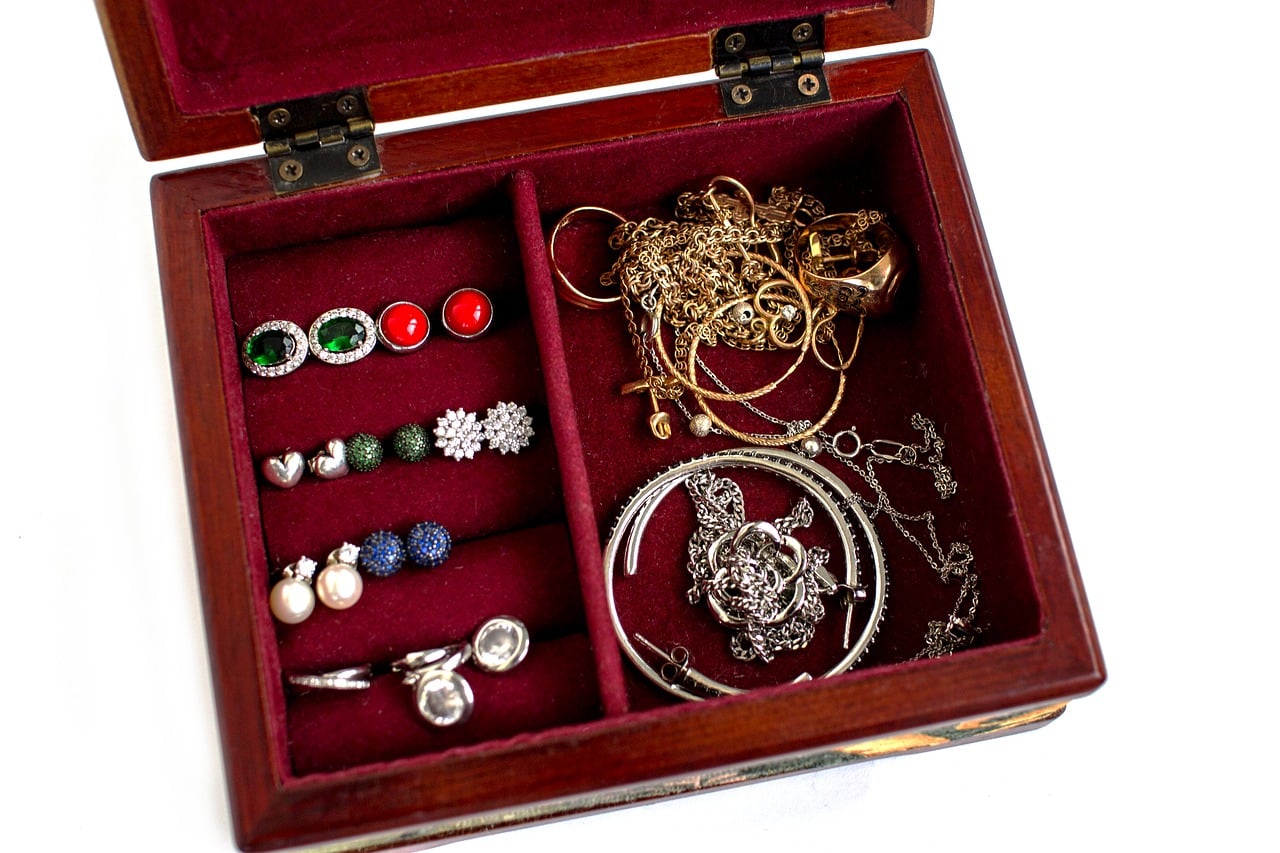Precious metals are part of almost every savvy investor’s portfolio. They have been around for thousands of years. Precious metals such as gold and silver are tangible assets with intrinsic value. Historically, these metals have been used as a store of value and for ornamental purposes. In this gold vs silver comparison, let’s take a look at the factors you should consider before deciding which precious metal you should invest in.
They are both highly liquid assets. Whether you purchase gold and silver in physical form or through exchange-traded funds (ETFs), you can easily liquidate them for cash. Unless you need to hold the precious metal in a physical form (jewelry, coins, bars) for some reason, it’s better to invest in them through ETFs. Unlike physical gold and silver, ETFs don’t have high mark-up costs. And there is little risk of theft.
Gold/silver ratio
Silver is far more affordable than gold. It’s often referred to as the poor man’s gold because of its low price. The gold/silver ratio is the spot price of gold divided by the spot price of silver. In simple terms, it’s the amount of silver it would take to buy one ounce of gold. Investors often use the ratio to determine whether one precious metal is undervalued compared to the other.
In 1980, the ratio was just 19. It was around 39 in 2011. But the ratio currently hovers at around 88.9, meaning it would take 88.9 ounces of silver at current prices to buy one ounce of gold. The yellow metal has become more expensive compared to silver.
Historically, the ratio has gone up during bear markets as investors rush to buy more gold. That’s because the yellow metal is considered a safe haven investment. Its price depends more on investor sentiments than on industrial demands.
Even though silver is a precious metal and a safe haven investment, it behaves more like an industrial metal.
You shouldn’t use the gold/silver ratio to determine which is a better investment. Instead, the ratio tells whether it’s the right time to buy an asset. The current ratio indicates that silver is undervalued relative to gold. There is no guarantee that silver prices will shoot up in the coming months or gold will come down.
Gold vs silver: Volatility
The yellow metal has historically appreciated when investor confidence in the economy and government is weak. And it’s far less volatile than silver. According to GoldSilver’s precious metals analyst Jeff Clark, the worldwide silver supply is about one billion ounces annually. It’s much higher than gold’s supply of around 120 million ounces annually.
But in dollar terms, the supply of silver is much smaller vs gold due to the huge price difference between the two. As a result, only a small amount of money can have a huge impact on silver prices. It makes silver more volatile – both on the way up and down – than the yellow metal.
If you have the emotional resilience to handle high volatility, you can use the mega movements in silver prices to your advantage. But if you panic, you might end up selling at a loss.
After the 2008 financial crisis, there was a dramatic jump in the prices of both gold and silver. The yellow metal had hit a record high of $1,900 per ounce while silver had jumped to $45 in 2011. The prices came down in the following years. By the end of 2015, gold had fallen to $1,065 while silver had tumbled nearly 70% to $14 per ounce.
Industrial applications
Today, both of them are widely used in a variety of industries. Gold has applications in dentistry, electronics, and aerospace industries. Silver, on the other hand, has a much wider industrial application. It’s used in smartphones, solar panels, lead-acid batteries, glass, electric conductors, computers, and even medicines.
While industries use only 12% of the world’s gold output, they consume about 56% of the global silver supply. Given the shiny white metal’s wider use in industries, it’s more important in our day-to-day lives than gold. When the economic conditions are stable, industrial demand for silver jumps. Industries need constant supply of silver to keep making their products.
The yellow metal has a sentimental value because it’s considered a safe haven investment. It’s the investor sentiments that drive gold’s price. Gold is perceived as an alternative currency. If our existing financial system collapses, gold could be used to facilitate trade. That’s why even central banks hoard gold in their official reserves.
Silver is also perceived as a store of value and safe haven investment, besides being an industrial metal. During the 2008 financial crisis, investors were hoarding both gold and silver, pushing up the prices of both precious metals.





